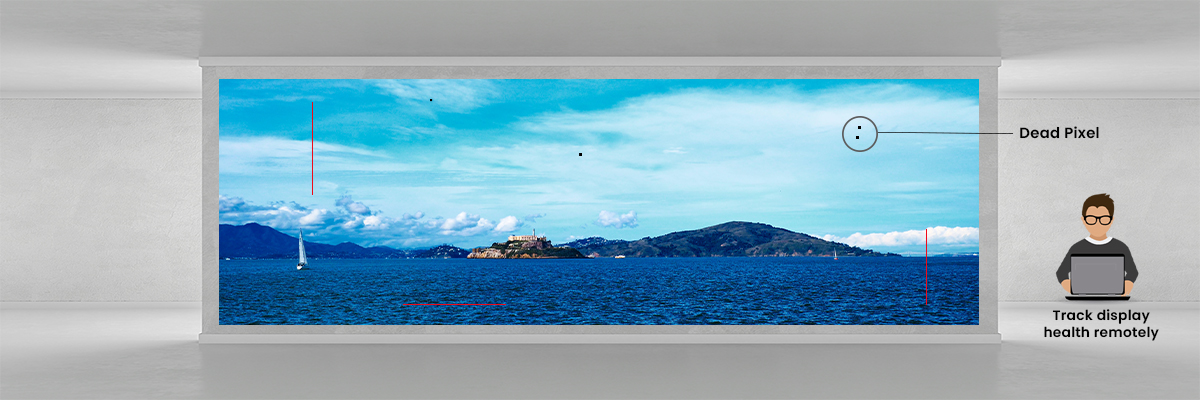Examining the Wide-ranging Connectivity Options Available for Light Emitting Diode Wall Modules
Examining the Wide-ranging Connectivity Options Available for Light Emitting Diode Wall Modules
Blog Article
Light Emitting Diode wall units have gained traction for their capacity to deliver crisp imagery in various settings, from professional environments to event venues. One of the most significant aspects of these systems is their interface capabilities, which allow users to connect them to different devices and systems. Understanding the diverse connectivity options available for LED wall panels is essential for maximizing their use and effectiveness. This discussion details these features, highlighting how they can cater to various needs and preferences.
One common interface method for Light Emitting Diode wall panels is HDMI. High-Definition Multimedia Interface is broadly recognized for transmitting crisp video and audio streams between devices. This connection type is especially beneficial in commercial settings, such as meeting spaces or classrooms, where visual content or video content are often displayed. By using digital connectors, users can easily connect laptops, projectors, and streaming equipment to LED wall panels, guaranteeing a sharp and dynamic display of media.
Another popular connectivity method is Display Port, which is similar to HDMI but offers enhanced benefits. Display Port can support higher refresh rates and resolutions, making it an excellent choice for gaming or design-heavy applications. For those deploying LED wall panels in settings where performance is critical, such as competitive gaming venues or creative workspaces, DisplayPort can provide the necessary visual quality. Moreover, many contemporary computers and graphics cards feature DisplayPort connections, making it a convenient solution for technology-oriented users.
In addition to HDMI and DisplayPort, cordless transmission methods are becoming increasingly prevalent in LED wall panel solutions. Cable-free interfaces allow operators to transmit content without the need for physical cables, enabling a streamlined and more flexible setup. Technologies such as Wi-Fi and short-range communication allow users to link smartphones, tablets, and laptops seamlessly to LED wall panels without cumbersome wires. This convenience is particularly beneficial in fast-paced settings like trade shows or events, where quick changes to displays are often needed.
For extensive deployments or more intricate configurations, LAN integration through wired networking is another decorative indoor lights reliable solution. Wired links provide a stable and reliable way to connect multiple LED wall panels within a network. This setup is ideal for digital signage applications found in shopping malls or transport hubs, where numerous panels may need to present synchronized content across a wide area. By using Ethernet cables and network switches, operators can guarantee that all linked panels receive uniform data and content efficiently.
Finally, it's crucial to evaluate the evolution of interface technology with advancements such as Universal Serial Bus-C and Thunderbolt Three. These next-generation interfaces offer enhanced data transfer rates and flexibility by allowing one connector to handle both energy transfer and data transmission. As more systems incorporate these protocols, LED wall panels equipped with USB-C ports will likely become more common. This evolution in connectivity not only enhances the functionality of LED wall panels but also this article aligns with the growing trend of minimalism in technology setups by minimizing the number of wires needed.
In summary, examining the broad interface methods accessible for Light Emitting Diode wall panels uncovers many opportunities for operators across multiple industries. From conventional approaches like High-Definition Multimedia Interface and Display Port to contemporary wireless solutions and network connections, each option serves unique purposes tailored to specific needs. Furthermore, next-gen technologies like USB-C promise further advancements in how professionals utilize LED wall panels. By understanding these connectivity choices, individuals can make strategic selections that optimize their overall engagement with these versatile display tools.